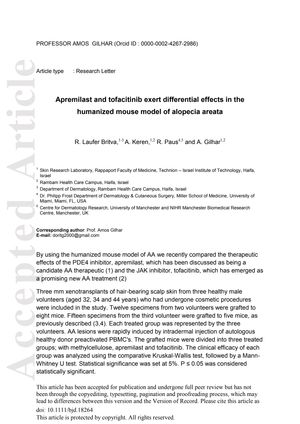TLDR Tofacitinib was more effective than apremilast in treating hair loss in a mouse model of alopecia areata.
The study compared the therapeutic effects of apremilast, a PDE4 inhibitor, and tofacitinib, a JAK inhibitor, in a humanized mouse model of alopecia areata (AA). Scalp skin xenotransplants from three healthy male volunteers were grafted onto mice, which were then divided into three groups for treatment with methylcellulose (vehicle), apremilast, or tofacitinib. The clinical efficacy was analyzed, and histology and immunohistochemistry were performed to assess the treatments' effects. The results showed that tofacitinib-treated mice had a higher response rate (53%) and mean hair number per responder graft (4.6) compared to apremilast (25% response rate, 1.9 mean hair number) and vehicle (8% response rate, 1.2 mean hair number). Apremilast did not significantly restore hair follicle immune privilege, reduce hair follicle dystrophy, or decrease perifollicular CD8+ T-cell infiltrates. In contrast, tofacitinib had a strong therapeutic effect. The study concluded that the humanized mouse model of AA is suitable for pre-clinical drug screening and that tofacitinib is a promising pharmacological intervention for AA management, despite potential long-term risks associated with systemic use.
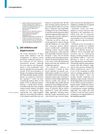 56 citations
,
January 2019 in “Lancet”
56 citations
,
January 2019 in “Lancet” JAK inhibitors help regrow hair in alopecia areata patients, improving their quality of life.
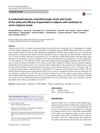 42 citations
,
November 2018 in “Archives of dermatological research”
42 citations
,
November 2018 in “Archives of dermatological research” Apremilast was not effective in treating moderate-to-severe alopecia areata.
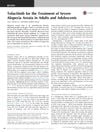 28 citations
,
December 2017 in “Journal of Investigative Dermatology Symposium Proceedings”
28 citations
,
December 2017 in “Journal of Investigative Dermatology Symposium Proceedings” Tofacitinib shows promise for treating severe hair loss in adults and teens, with many experiencing regrowth, but hair loss returns when treatment stops.
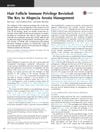 102 citations
,
December 2017 in “The journal of investigative dermatology. Symposium proceedings/The Journal of investigative dermatology symposium proceedings”
102 citations
,
December 2017 in “The journal of investigative dermatology. Symposium proceedings/The Journal of investigative dermatology symposium proceedings” Restoring hair bulb immune privilege is crucial for managing alopecia areata.
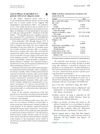 23 citations
,
September 2017 in “Journal of the American Academy of Dermatology”
23 citations
,
September 2017 in “Journal of the American Academy of Dermatology” Apremilast did not work for treating severe alopecia areata.
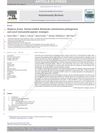 82 citations
,
March 2016 in “Autoimmunity reviews”
82 citations
,
March 2016 in “Autoimmunity reviews” Animal models have helped understand hair loss from alopecia areata and find new treatments.
52 citations
,
December 2014 in “Journal of Dermatological Science” Apremilast may help treat hair loss in alopecia areata.
75 citations
,
October 2012 in “Journal of Investigative Dermatology” Alopecia areata can be triggered by specific immune cells without genetic or environmental factors.
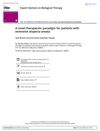 30 citations
,
May 2016 in “Expert Opinion on Biological Therapy”
30 citations
,
May 2016 in “Expert Opinion on Biological Therapy” New treatments targeting immune pathways show promise for severe hair loss but need more research for safety and effectiveness.
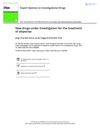 26 citations
,
January 2019 in “Expert Opinion on Investigational Drugs”
26 citations
,
January 2019 in “Expert Opinion on Investigational Drugs” New treatments for hair loss show promise, but more research is needed to confirm their safety and effectiveness.
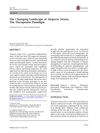 77 citations
,
June 2017 in “Advances in Therapy”
77 citations
,
June 2017 in “Advances in Therapy” New treatments for Alopecia Areata, like JAK inhibitors, show promise for hair regrowth and are likely to change future treatment approaches.
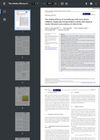 2 citations
,
July 2023 in “Journal of cosmetic dermatology”
2 citations
,
July 2023 in “Journal of cosmetic dermatology” JAK inhibitors are more effective and safer for treating alopecia areata than dupilumab and apremilast.
New treatments show promise for hair loss, especially JAK inhibitors for alopecia areata.
